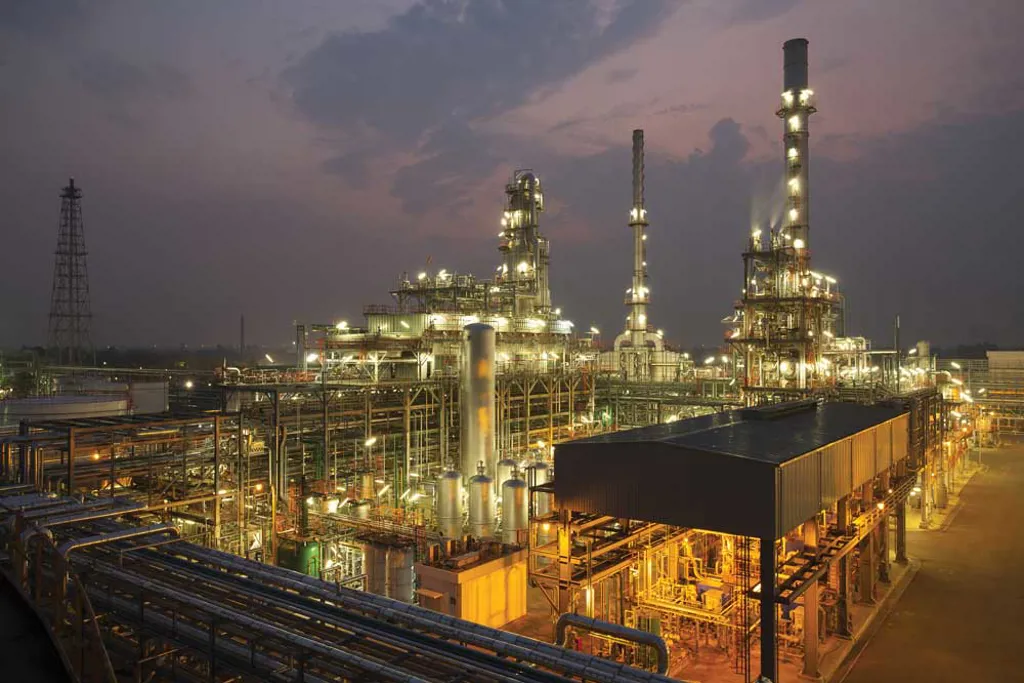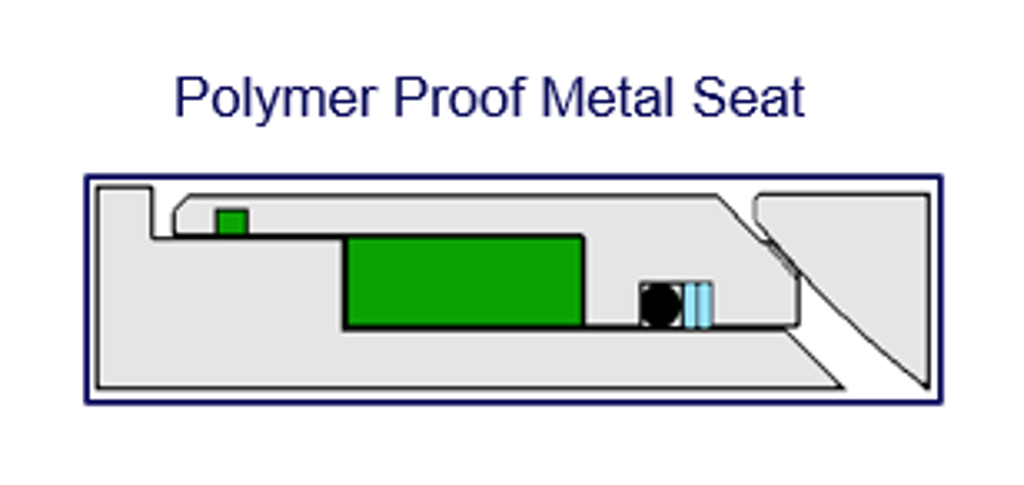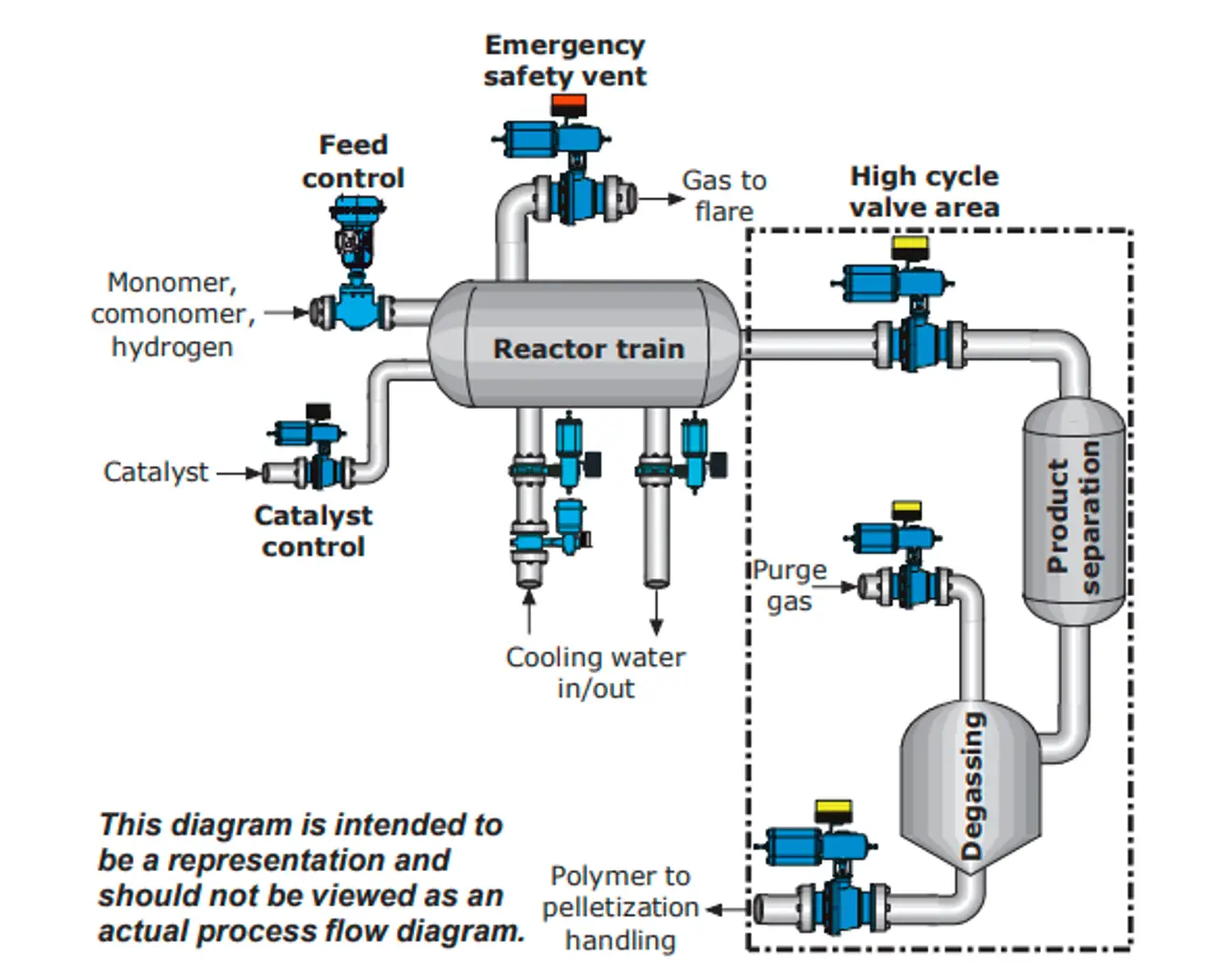Petrochemicals have seen tremendous growth in the last decades and many studies suggest that there will be an increasing focus on petrochemicals in the future as well. While the Covid-19 pandemic impacted the demand in the industry, it also saw a surge in the usage of polymers for example in the medical and packaging industry. Demand for masks, personal protective equipment’s, etc. increased while demand in e-commerce and many people preferring packed foods increased demand in the packaging industry.

An important process that involves the production of these polymers is polymerization. It is the process of combining monomers (like ethylene, propylene) to form a large chain like structure called polymers (like polyethylene, polypropylene) The definition sounds easy, but the production of polymers comes with its own challenges.
Feed for PE & PP production
Ethylene is got from steam cracking process in which propylene is a byproduct. Propylene can be obtained as byproduct from Fluid catalytic cracking (FCC) units. There are various refineries now focusing on increasing the output of propylene from FCC units in order to serve the petrochemical industry. Other dedicated propylene production unit is Propane dehydrogenation (PDH) process which converts propane to propylene. There are also other technologies developed to produce olefins required for PE & PP production. Other than ethylene and propylene which are considered as main feed for PE & PP production, there are other comonomers, catalyst, diluents used in the process based on the different technologies.
Various production methods
Different polymerization process and technologies are available for PE and PP production. In gas phase polymerization process, monomer gas fed into the reactor with catalyst, polymers formed in the reactor are continuously removed from the reactor and separated from unreacted monomers. In this process product formed in the reactor is continuously withdrawn from the product discharge system (PDS). There are various critical valves around this PDS systems which have specific requirements based on the process needs.
In slurry phase polymerization, monomer and optionally comonomer are polymerized in stirred tank or loop reactor in the presence of a catalyst in a diluent.
In mixed phase polymerization, the catalyst along with diluent is fed into the pre-polymerization reactor. The slurry along with other main feeds is sent to loop reactor where specific grade of polymer is produced. The polymer further enters gas phase reactor to produce different grades of polymers. Polymers are extracted at the bottom section of the reactor.
Valve challenges
Valves need to handle fluid medium containing polymers, resins, catalyst residue. Accumulation of these elements in ball cavity will affect the performance of the valves which may lead to process interruption and can cause considerable loss to the plant owners. There are certain valves in the polymer plant like for example feed tank depressurization, product separation valves that requires high cycling annually. The total cycles can be up to 1.5 million cycles depending on the area. Valves around the catalyst systems, handling dry catalyst is another challenge as the flow media is erosive. Emission and leakages in valves is an important issue to be tackled and this has safety and environmental impact, fast valve stroking speed is also commonly required.
Typically, in a process plant there are valves that are considered standard and some considered to be critical/challenging based on the different process requirements. Selection of these critical valves plays an important role in the overall process efficiency; one reason why application-based valve selections is vital.





